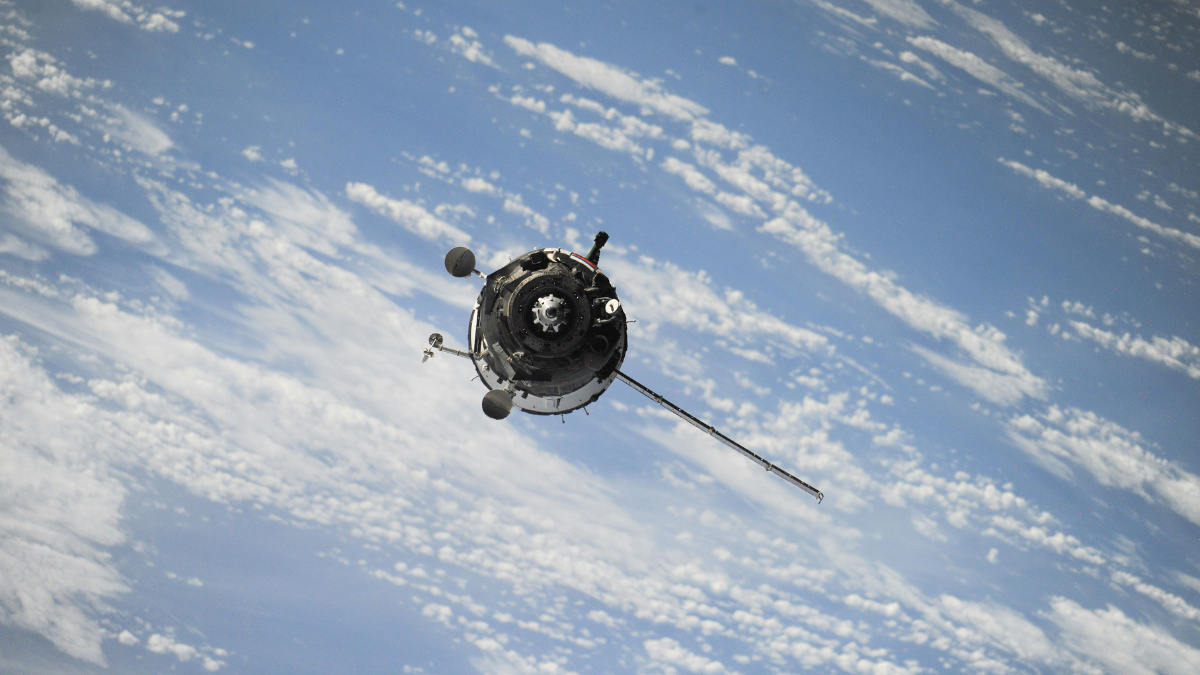Pitisfik Space Base is on the northwestern coast of Greenland and is the northernmost military installation of the United States. The base was previously known as Thule Air Base, until its renaming in a formal ceremony to Thule itself on April 6th, 2023, in an effort by the US Department of Defense towards naming two U.S. Greenland bases after native Greenlandic features, the major base associated with tracking the threat of a missile and protecting an increasingly contested Arctic through space superiority.
Historical context and strategic importance
Constructed in the midst of the Cold War, the base was established back in 1951 as the Pituffik Space Base, to thwart the menacing presence of the Soviet Union. Located roughly 750 miles north of the Arctic Circle, the site forms one of the most unbelievable viewpoints to watch possible missile launches by an enemy, in this case, Russia. It hosts one of the five upgraded early warning radars (UEWR) that detect ICBMs launched toward North America and is one of the major nodes in the US missile defense. This strategic importance of the base has increased with rising geopolitical tensions in the Arctic.
The U.S. National Strategy for the Arctic underlines counter-Russia and counter-China threats hence Pituffik is among crucial sites for warning and defense activities in the area.
Current operations and capabilities
Pituffik Space Base is operated by 821st Space Base Group and hosts following important units:
- 12th Space Warning Squadron: The squadron is the UEWR system operator and provides real-time missile threat data while supporting space domain awareness through orbiting object tracking.
- 23rd Space Operations Squadron: The squadron conducts satellite command and control operations and efficiently monitors and controls U.S. and allied satellites.
Pituffik, with its population of perhaps 700 people, civilians, and government employees alike, is more than just a military outpost. The base has served also as the focal point for a number of scientific research efforts and environmental protection.
Environmental issues and adaptations
The environmental challenges for Pituffik Space Base are very extreme: it’s a base surrounded by ice for close to nine months of the year, making logistics and transportation difficult. It is an all-year base, however, with specially modified LC-130 aircraft that are capable of bringing supplies when equipped with skis to land on the snow.
The U.S. military has responded to the challenges with its resourceful means of providing continuity through the extreme weather conditions. That adaptability is important not only in the interest of military readiness but also for carrying out scientific research in one of the most fragile environments on the planet.
Future developments and international cooperation
Looking ahead, Pituffik Space Base will likely play an even larger role as global powers continue to jockey for influence in the Arctic. The United States is planning to increase resources and personnel at the base to increase its operational capabilities, including modernizing facilities and equipment to support advanced military operations in this strategically vital region.
Moreover, Pituffik represents international cooperation. The base is the physical manifestation of relations between the U.S. and Denmark, reflecting the need to work in collaboration as allies, protecting from the rise of challenges that include but are not restricted to climate change security menaces or scientific research.
Thus, Thule was rechristened as Pituffik symbolizing the connection with the previous cultural heritage and the current close partnership between Denmark and the USA.
Read more: G-1055 Form: what is it, instructions, how to fill it out, when to use and how long does it take to get the Fee…
Read more: How the U.S. Postal Service is changing as of January 1, 2025 – Review all rate and service changes
